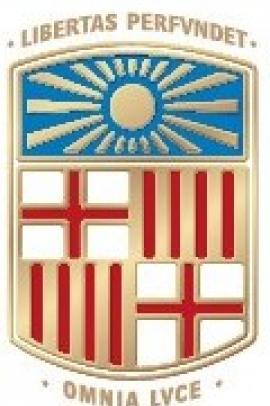This article investigates linguistic diversity, migration, and labour in the case of a nineteenth-century copper mine in the multilingual northern periphery of Norway. Taking a historical perspective on workplace multilingualism, it reveals the dynamic relationships between the economic interests and policy-making of an industrial enterprise and the political and sociolinguistic development in a multilingual region, at a time when national authorities introduced assimilation policies. Owned and managed by British industrialists, the mine recruited almost exclusively migrant workers to a remote fjord in the Norwegian periphery, many of them Kven from northern Finland and Sweden. In a multi-layered approach, the study sketches multilingual work practices, policy-making, and the discursive positioning of diversity, and explores the company's management of the relationships between capital, community, and nation-state. It reveals the company's flexible approach towards diversity governed by economic interest. (Workplace multilingualism, mining, Kven, Norway, historical)*
Date
Journal
Language in Society
DOI
10.1017/S0047404517000628
Abstract
URL
https://www.cambridge.org/core/product/identifier/S0047404517000628/type/journal_article








